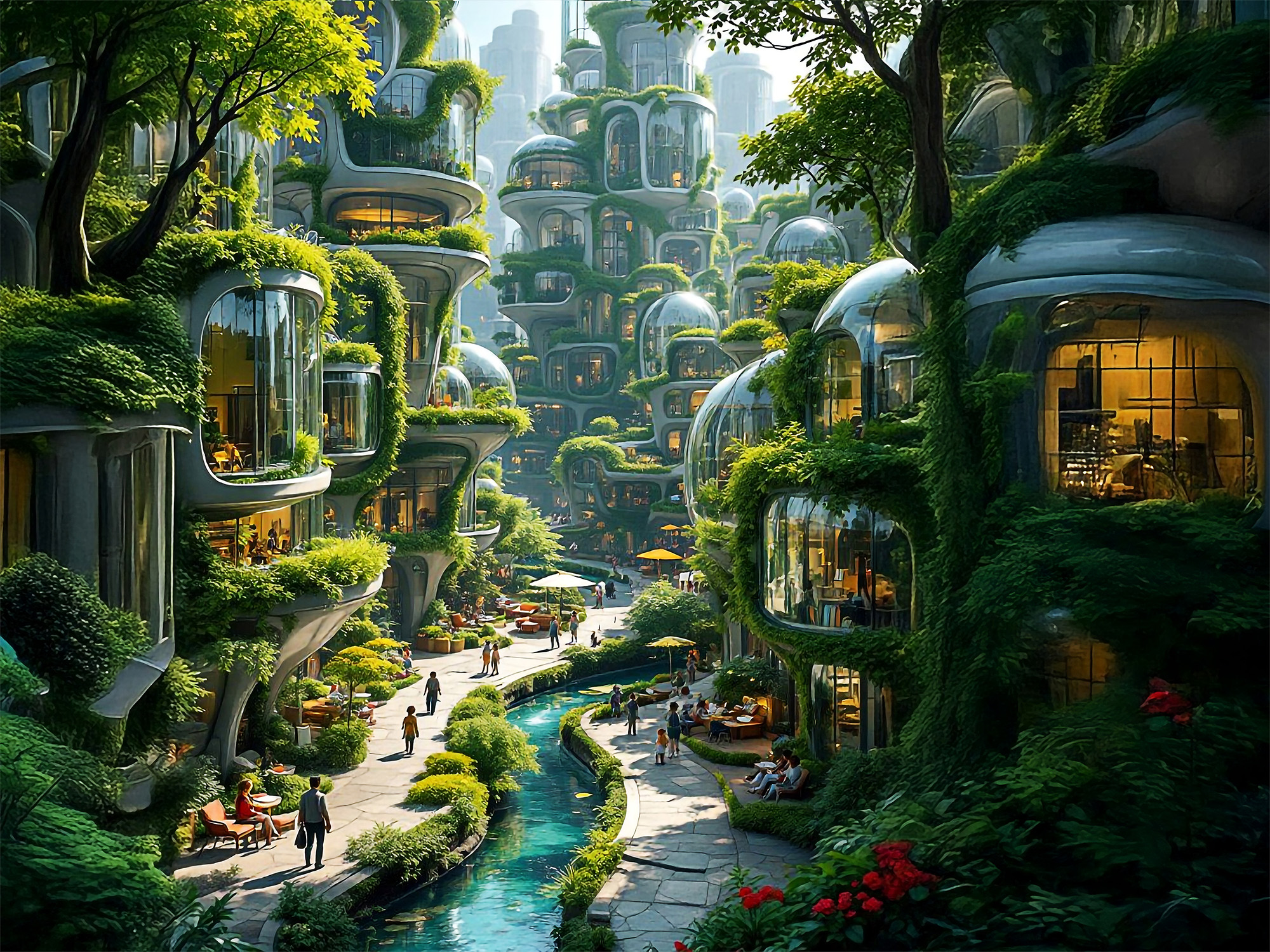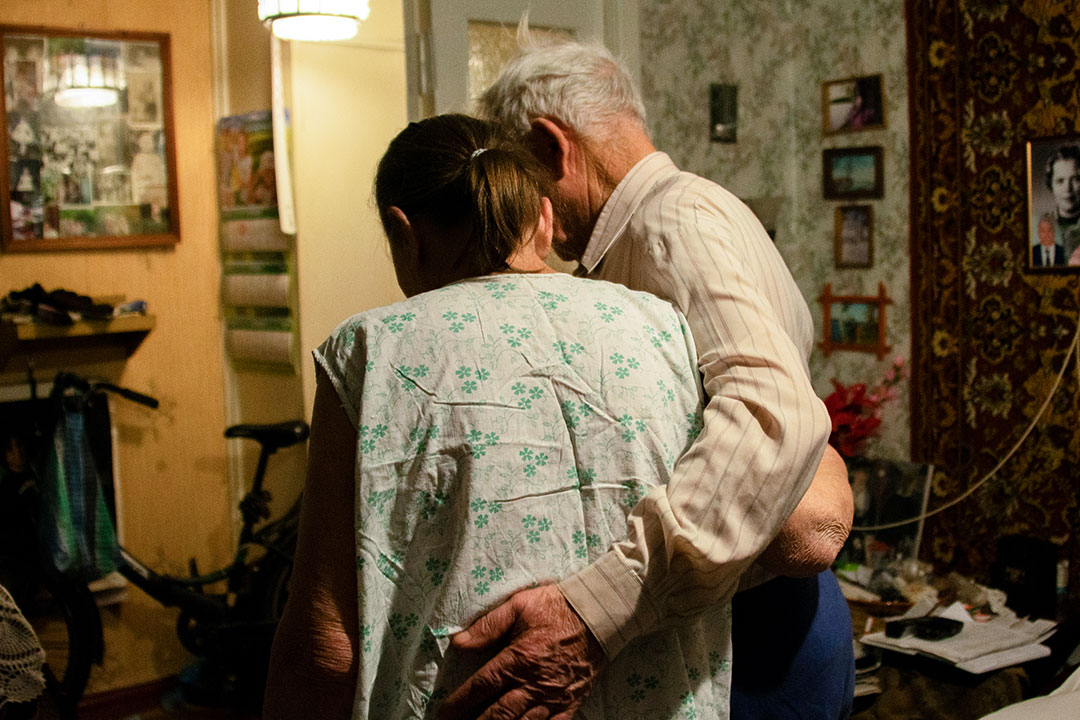SAM – CITY MUSEUM AT THE MARKET
ADDRESS
Markplatz
65183 Wiesbaden
OPENING HOURS
Tue & Wed, Fr-Sun from 11–17 h
Thu from 11–20 h
Montags geschlossen!
ADMISSION
The Admisstion to the exhibition is free
WITH WORKS FROM
Eva Bachmann, London
Arez Ghaderi, Hannover
Jan Richard Heinicke, Dortmund
Berit Jäger, Bodenheim
Sofia Samoylova, Frankfurt a.M.
The sam — Stadtmuseum am Markt has found its home in the Marktkeller, which was built in 1900. On about 1,300 square meters, you can discover the history of the Hessian state capital. The city history exhibition provides an overview of the history of Wiesbaden from prehistory and early history to the present. The most valuable treasure is the collection of Nassau antiquities.
Six photographic positions can be seen here during the Wiesbaden Photo Days. The works of Eckart Bartnik deal with the catastrophe in the Ahr valley in an unusual way: He shows bizarre sculptures made of flotsam left behind by the river, as well as other structures made of gathered garbage and scrap metal. Jeoffrey Guillemard’s images of the U.S.-Mexico border give a profound sense of the suffering, but also the hopes, along a migration route that changes from day to day. Hannes Jung’s work focuses on the return of the wolf to Germany. A return that many people perceive as a threat. In a way, similar questions are discussed here as in other works on the subject of flight, immigration and emigration: Who should stay away? And who decides?
Jeannette Petri’s series illuminates the Black Forest as an eerie, unsettling, archetypal German landscape. And finally: Uta Schmitz-Esser’s images from the Rhenish lignite mining area show, among other things, situations of political struggle, while Anne Werner’s photo series “Was Bleibt” is a poetic-subjective approach to the history of uranium mining in the GDR and its consequences.





